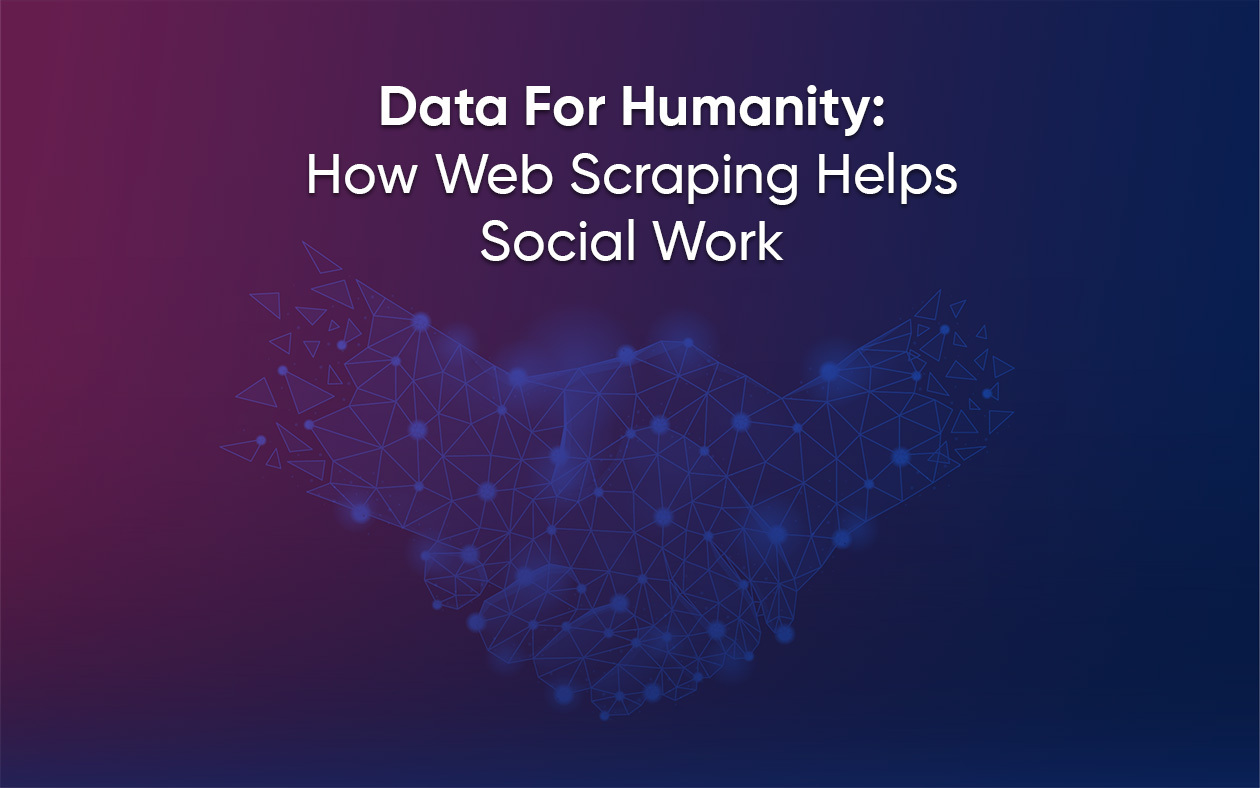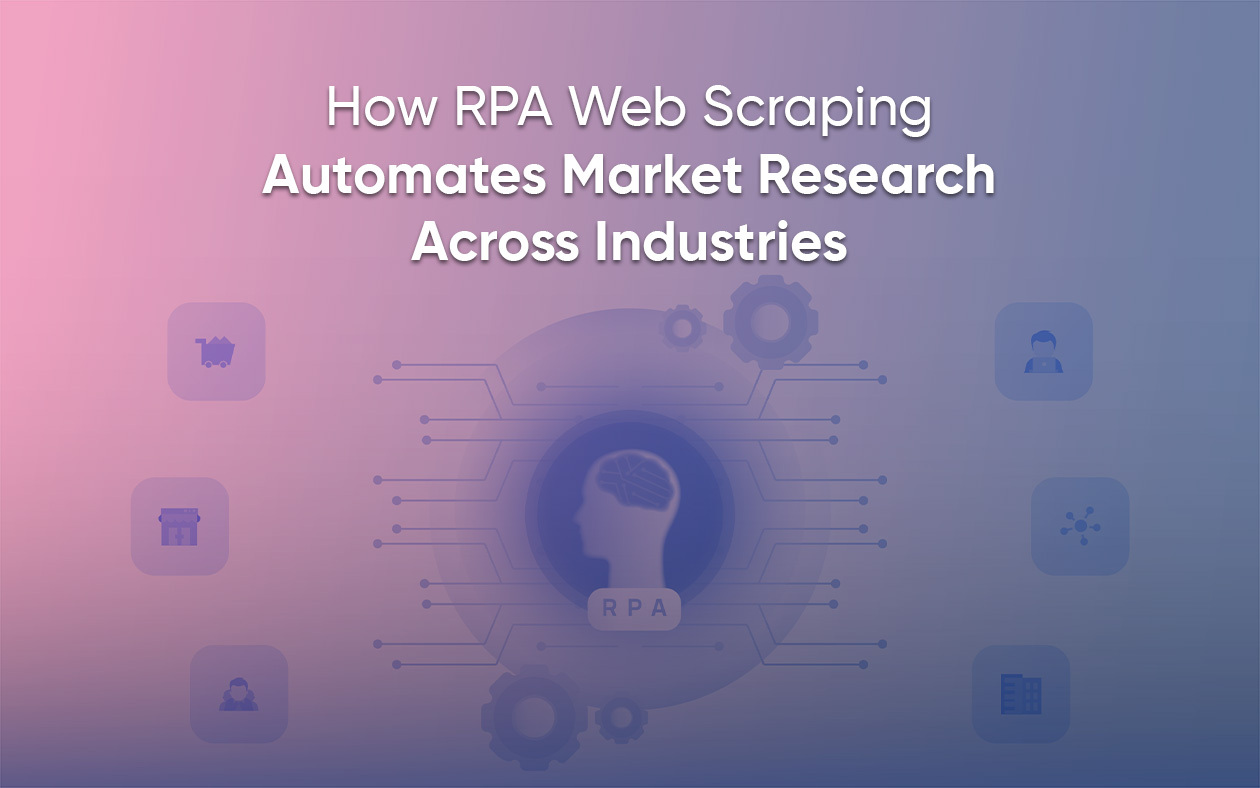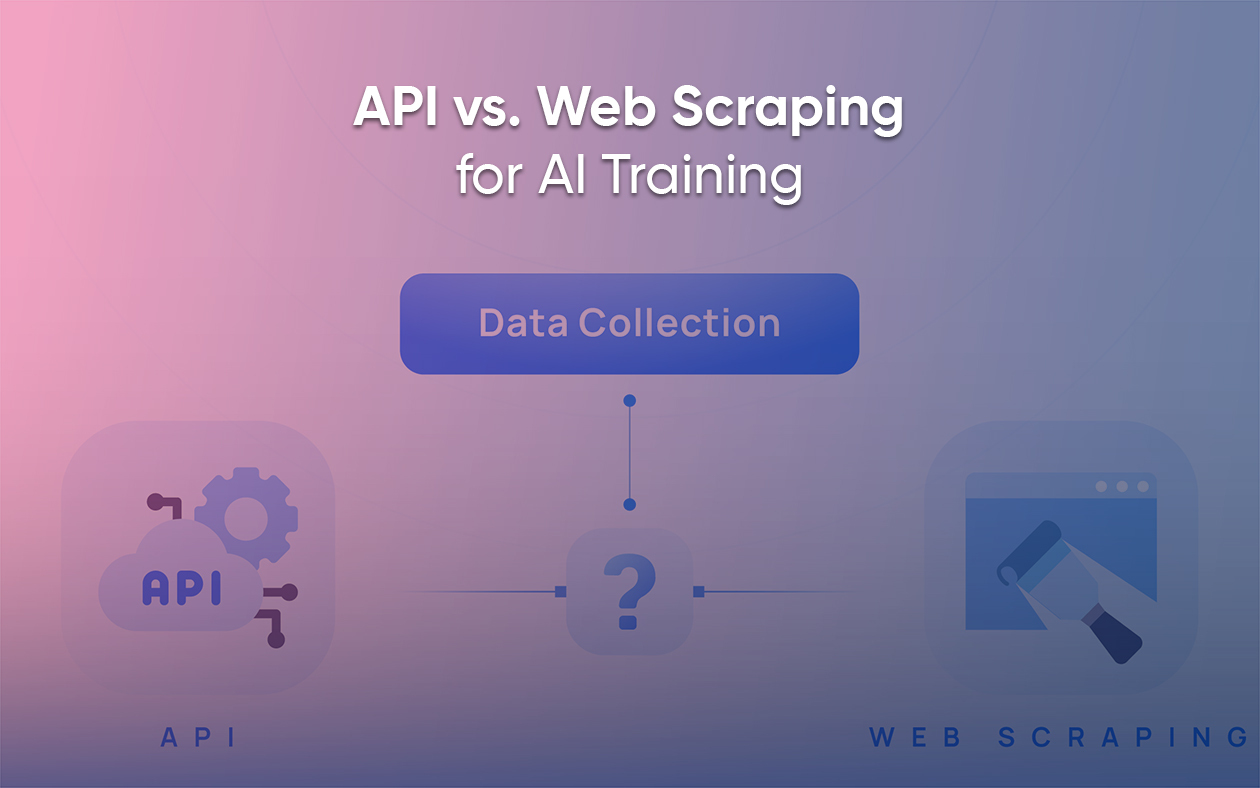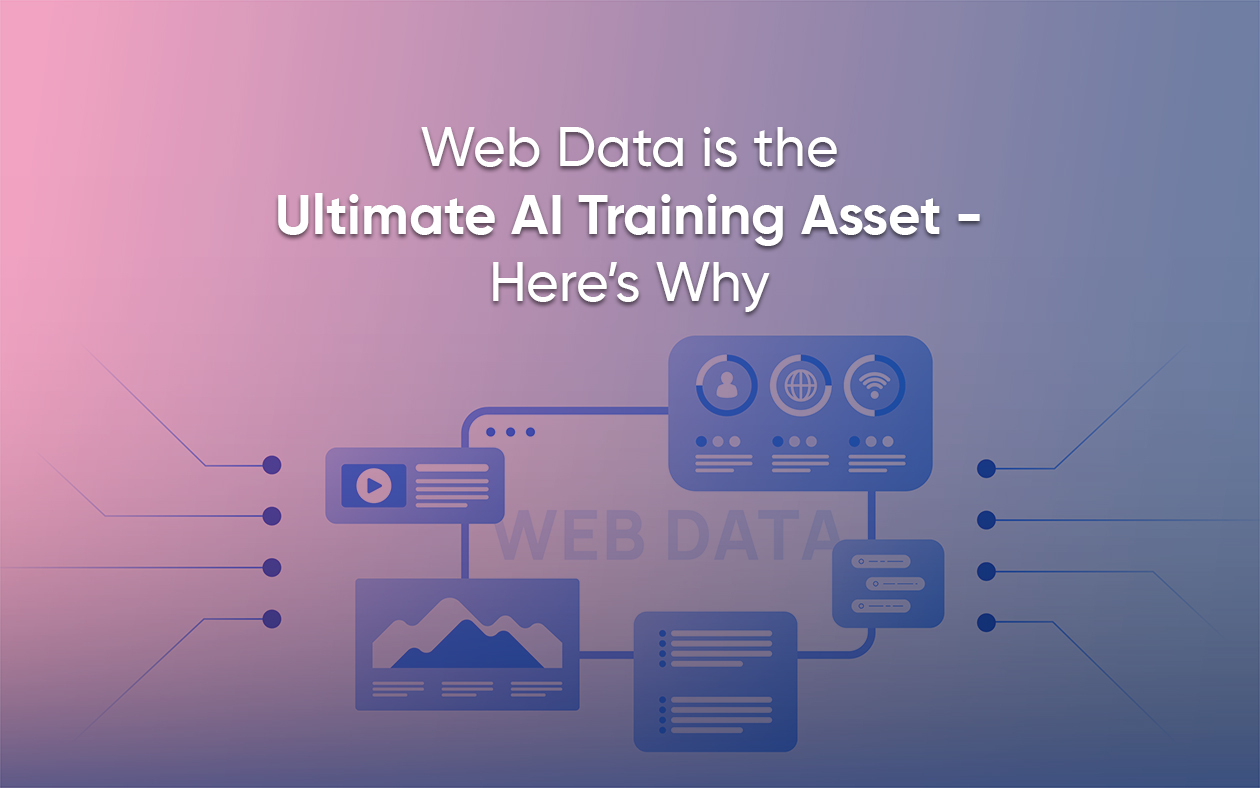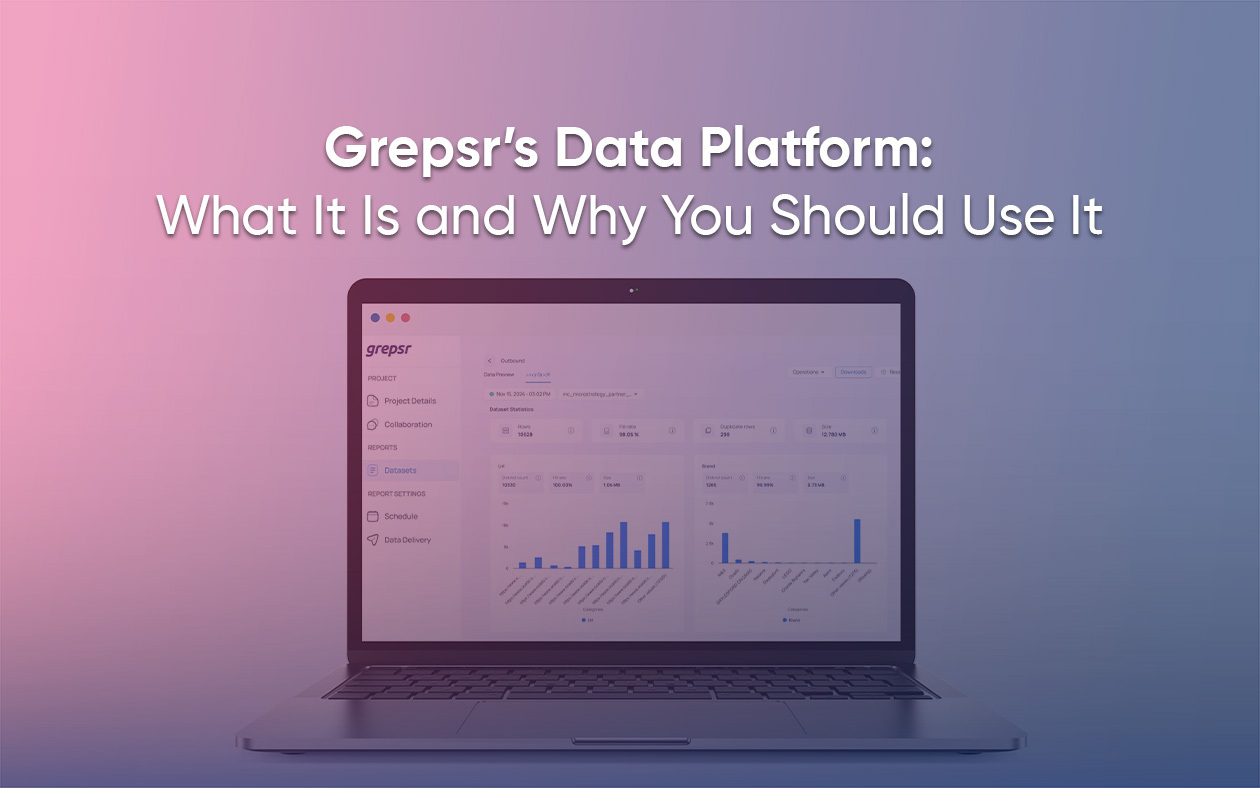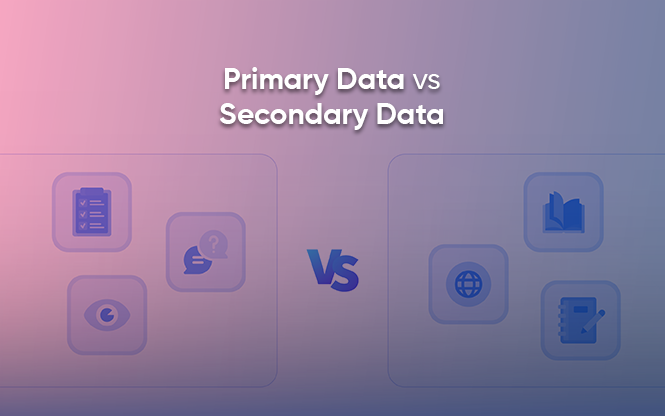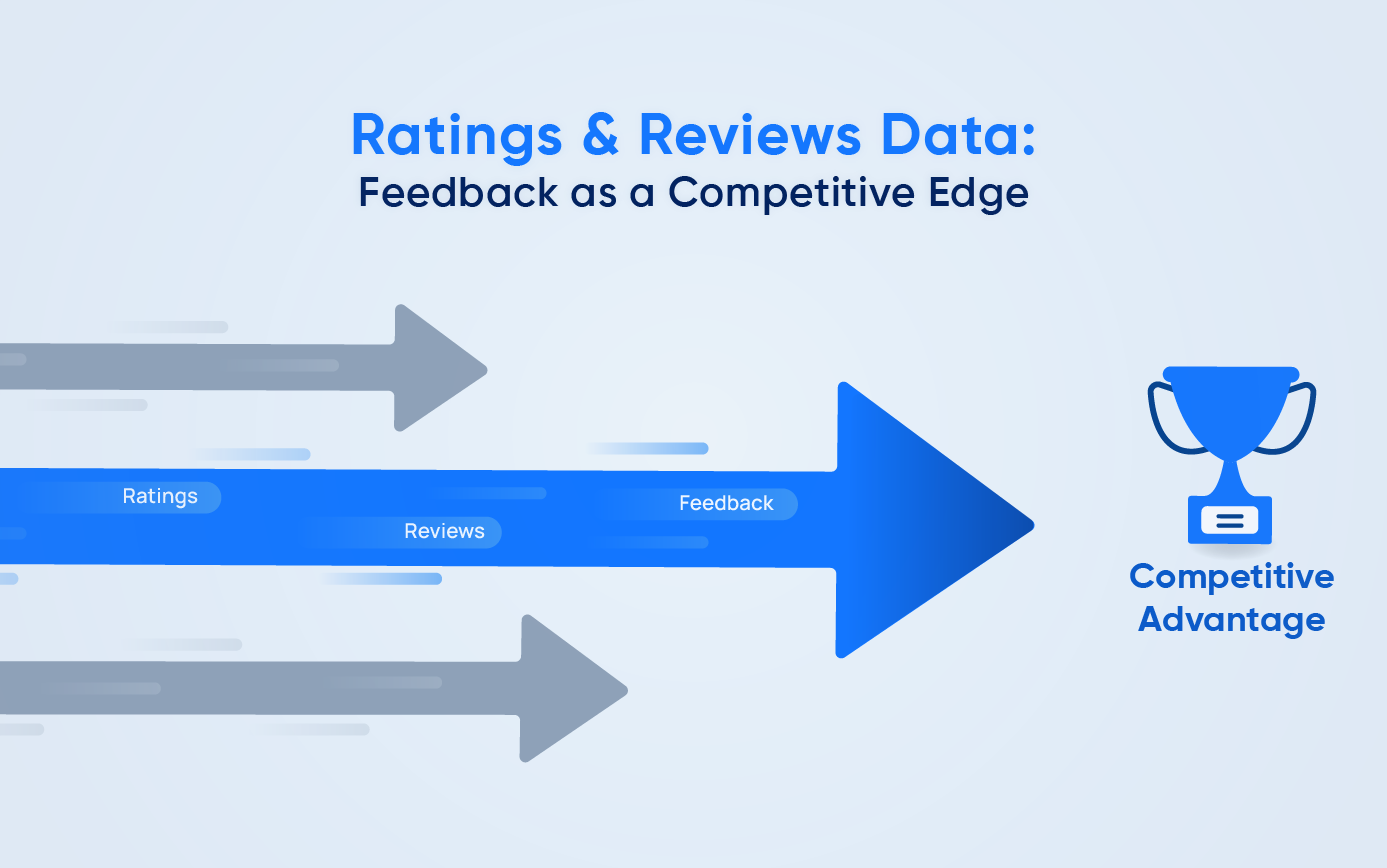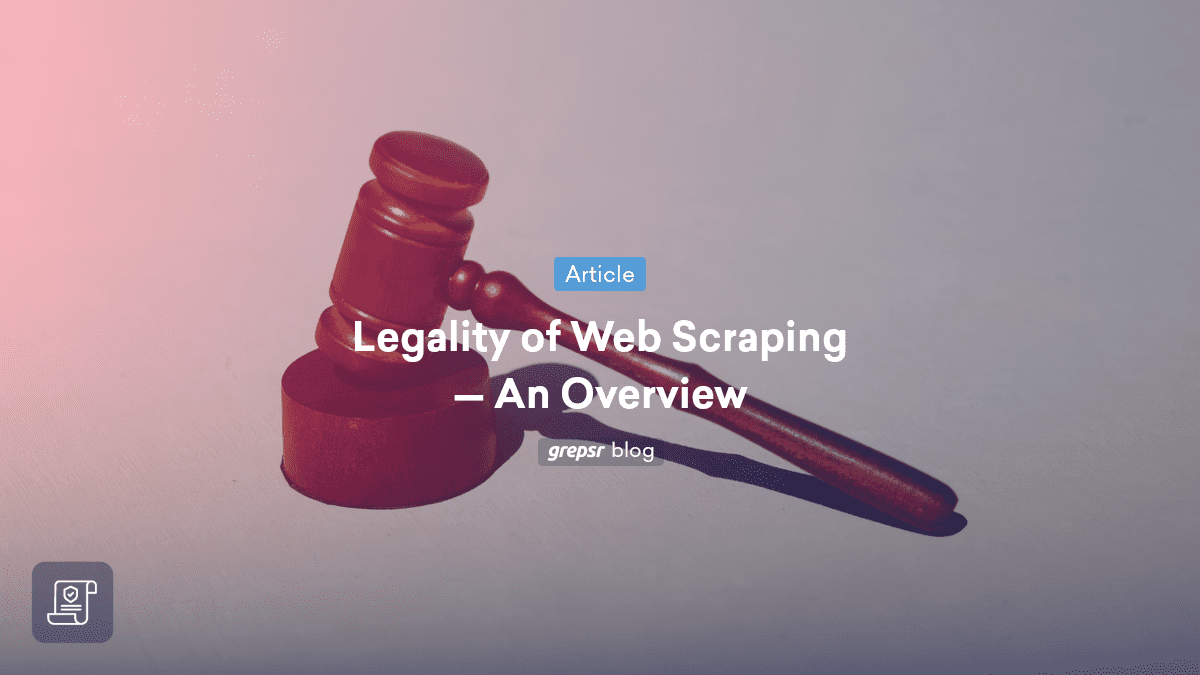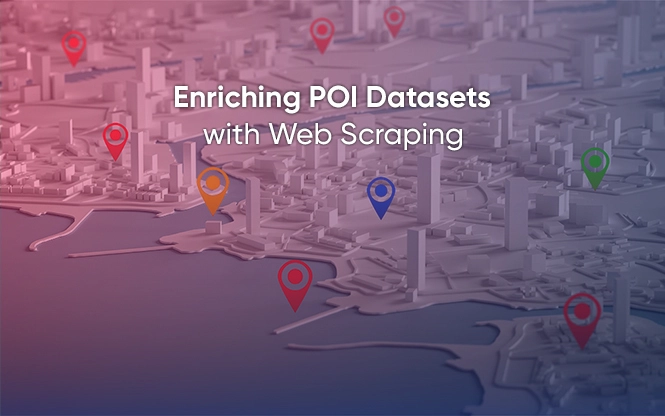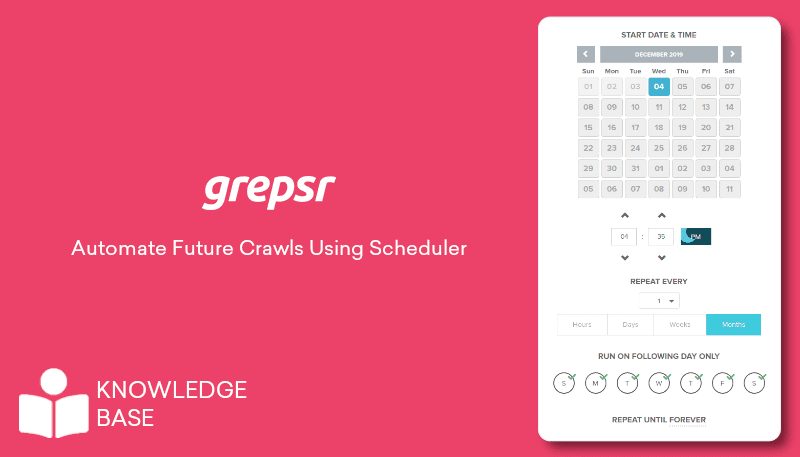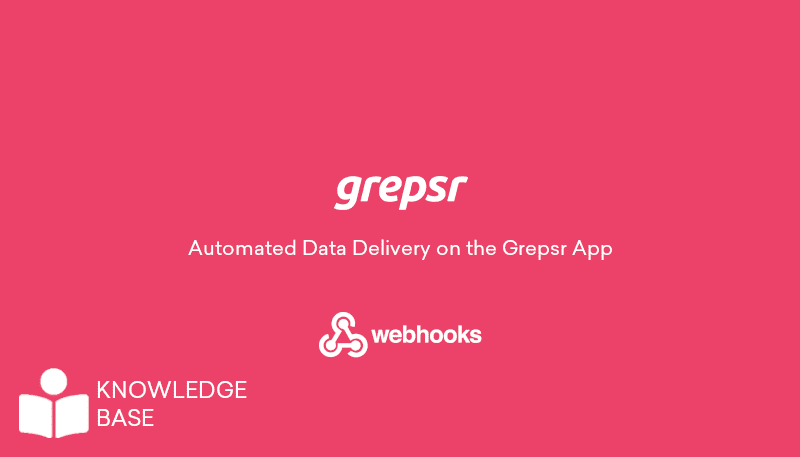
What do we know about Walmart?
We know it’s the largest retailer in the world by revenue, with the company’s global sales crossing $600 billion.
We also know that the company has the world’s largest private cloud-based database – Data Café.
And finally, it hires the maximum number of data scientists to leverage Big Data.
This tells us two things:
- First, Walmart’s Herculean retail success can be credited to its enormous real-time customer database that empowers the company to make better, more educated business decisions. In fact, Big Data helped Walmart grow its “assortments from 700,000 items in 2011 to 60,000,000 in 2017.”
- Second, your business too can harness the power of Big Data to climb the retail ladder through proactive and reactive data analysis. (More on this soon.)
In this blog, we’ll explore how web scraping Walmart can facilitate more informed, data-driven decisions for your business by delivering insights on consumer behavior, competitive pricing strategies, and inventory management.
Let’s dig in.

Why is Business Intelligence Important in Retail?
Imagine this — you’re the owner of a successful online store that specializes in selling the latest gadgets and accessories. Recently, you’ve noticed slowed down monthly sales.
Now, you want to get ahead of your competition and make educated decisions about pricing, product selection, and market trends.
You decide to employ a powerful web scraping service like Grepsr to gather valuable information from Walmart’s website. You toggle over to their electronics section and are able to collect the following data:
- Product names and descriptions
- Pricing and discounts
- Customer reviews and ratings
- Stock availability
- Category structure and taxonomy

Now, with the scraped data, here’s what you can do:

- Keyword Optimization: Looking at Walmart’s product descriptions and metadata can provide valuable insights into the keywords and phrases they use to optimize their listings. This information can be incorporated into your SEO strategy to boost your search engine rankings and drive more organic traffic to your site.
- Competitive Pricing Analysis: Comparing prices of other products with your own can identify significantly cheaper products. By keeping your profit margin healthy, you can adjust your prices to remain competitive. On the other hand, if Walmart’s prices are consistently higher than yours, you may find opportunities to raise your prices a little bit.
- Consumer Behavior: You can learn more about how people buy certain products by analyzing Walmart’s website data, such as customer reviews, ratings, and purchase patterns. You might find out customers prefer certain features, have similar concerns, or buy related items together. (Like soup and Ibuprofen during flu season.)
- Inventory Management: When you’re web scraping Walmart, you can monitor what products are in stock, running low, or out of stock. Knowing these details can help you decide when to reorder products, how much to order, and which items to prioritize.
Web Scraping Walmart for Proactive Data Analysis
A lot of the traditional management and marketing relied on spreadsheets, planners, and good ol’ guesswork. Add to this, dated and error-prone information, and human analysis based on old standalone software.
This forces businesses into a reactive stance. Because you can only analyze and gather insights from data after it’s been collected, there’s little you can do to plan ahead of time.
Think of reactive analysis as only fixing the machine once it breaks down.
On the other hand, with Big Data, your business can improve its proactive management allowing for more accurate demand forecasting, lowered inventory costs, and minimum disruptions in workflow.
Therefore, when you invest in Business Intelligence for your e-commerce business, you invest in both, sales growth, and customer success. And the linchpin? Big Data.
What Makes Web Scraping Walmart Worth It?
We know Walmart is big. But how big, exactly?

Mining Walmart Data: A Case Study of Real-Life Success From the Retail Giant
1. Predicting Consumer Behavior: Hurricane Frances
“If you are not taking care of your customers, your competitor will.”
Bob Hooey
Walmart is its own strongest proponent for mining data for proactive analysis. In 2004, when Hurricane Frances was on its way threatening a massive hit to Florida, the company deployed its predictive technology to mine data for demand forecasting.
A week before the hurricane made landfall, Walmart’s chief information officer, Linda M. Dillman, tasked her team with analyzing sales data from Hurricane Charley that had hit several weeks earlier. Why? To predict which products would be in high demand.
Data Cafè’s billions of bytes of shopper histories revealed some surprising trends.
You’d think that battery-powered radios and flashlights would be the top-selling items, right?
Well, as it turns out, strawberry Pop-Tart sales increased seven-fold before Hurricane Charley hit.
And the top-selling pre-hurricane item? Beer.

Source: GIPHY
Walmart then dispatched trucks loaded with toaster pastries and six-packs to stores in the hurricane’s path. As they’d predicted, most items proactively stocked before the hurricane sold out quickly.
This Walmart hurricane story shows us the immense power and profit tied to Big Data in predicting consumer behavior. But what if you don’t have years of shopper history? Here’s where web scraping Walmart comes in.
For example, you might decide to expand your offerings in a particular product category to capitalize on growing demand if you notice a spike in positive reviews and sales rankings on Walmart’s site. This would then help you anticipate your customers’ needs in line with market trends.
2. Inventory Management: Groceries and Halloween
If you run a retail business, you know that when it comes to inventory, there are two paradoxical nightmares: having too much of it, or not nearly enough.
Imagine the power of catching inventory errors in real-time and proactively fixing mistakes to prevent further sales loss.
That’s exactly what happened to a grocery business selling on Walmart.
A Senior Analyst at Walmart, Naveen Peddamail, shared a case study where a grocery store noticed a sudden decline in sales for a certain product category. They came by the Data Cafè to figure out what exactly had happened.
It wasn’t long before they discovered that some regions had listed the products at higher prices than intended due to pricing miscalculations.
Of this case, Naveen says, “If you can’t get insights until you’ve analyzed your sales for a week or a month, then you’ve lost sales within that time.”
In another example, during a Halloween sale at Walmart a couple of years ago, data analysts noticed that sales of one type of cookie shot up in one store, but slumped in two others. This deviation was identified by Big Data, which suggested that cookies weren’t stacked correctly in the other stores.
Data extraction and analysis, therefore, cements the adage: knowledge is power. And in this case, profit.
3. Web Scraping Walmart for Competitive Pricing
The pandemic greatly altered consumer behavior and buying patterns. Retailers faced several challenges, like sudden shifts in supply and demand, product shortages, and having to adjust prices quickly to stay competitive.
Walmart was once again, at the forefront of capitalizing on AI-driven pricing and real-time data analytics.
In the meat aisle, Walmart improved efficiency by 90%, contributing to a 30% sales boost. Automating the company’s pricing system with AI enabled them to quickly adjust prices in response to fluctuations in supply and demand, ensuring they remained competitive even during pandemic-related product shortages. (This also meant less food was spoilt and thrown away as a result.)
Similarly, a powerful web scraping strategy can empower your business to forecast potential loss, save resources, and optimize your inventory.
Revolutionize Your Retail Approach with Grepsr
As we’ve seen from Walmart’s many successes, mining data allows you to see how customers behave, fine-tune your inventory management, and adjust pricing strategies with pinpoint accuracy.
Grepsr automates your web scraping processes, saving time, reducing manual effort, and making sure you focus on what matters the most — analyzing your data to make better business decisions.
No more getting lost in the weeds of manual data collection — Grepsr puts the power of insights in the palm of your hand!
















